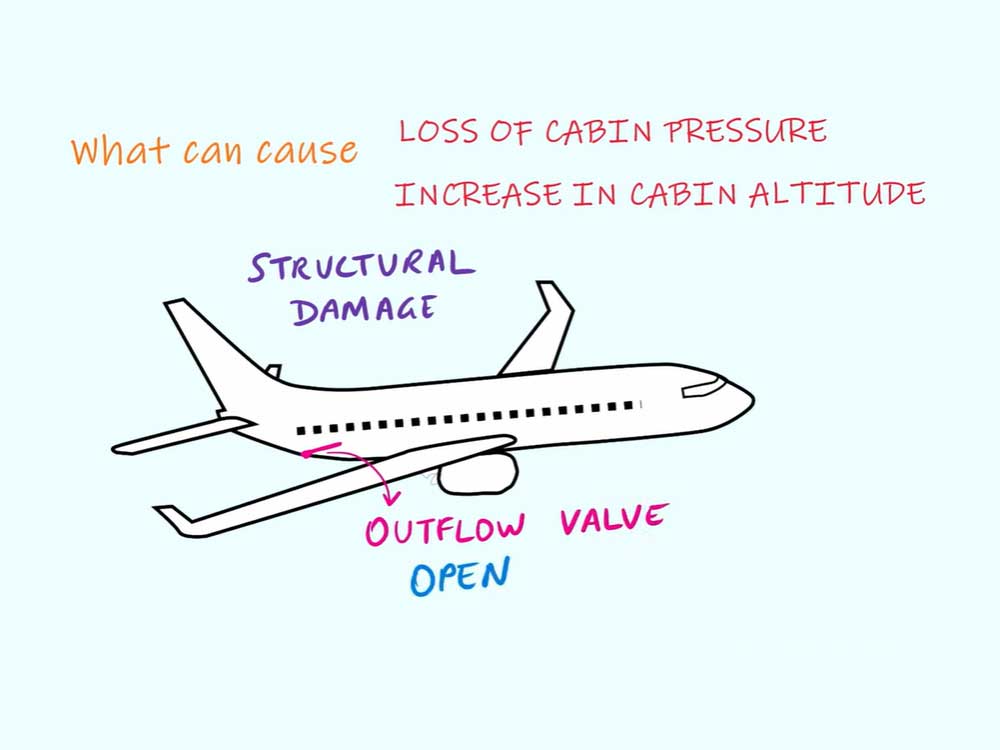The selection of electronic components in aerospace electronic systems is a complex and important task because it directly affects the performance, reliability and life of the spacecraft.
In the aerospace field, electronic components must be able to withstand extreme environmental conditions, such as high vacuum, strong radiation, high and low temperatures, etc., while also having the characteristics of high precision, high stability and long life.
Therefore, when selecting electronic components, in-depth analysis and consideration are required from many aspects.
Working principle and circuit design

In aerospace electronic systems, the working principles and circuit design of electronic components are crucial. First of all, it is necessary to consider whether the working principle of the electronic components meets the needs of the system, such as whether it has the required amplification, filtering, switching and other functions. Secondly, the circuit design also needs to be carefully considered, including the layout of components, connection methods and electromagnetic compatibility. In design, it is necessary to follow the principle of simplicity and reduce the number and complexity of components as much as possible to improve the reliability and stability of the system.
Environmental adaptability
Spacecraft will experience various extreme environmental conditions during launch, operation and recovery, such as high vacuum, strong radiation, extreme temperatures, etc. Therefore, the selected electronic components must have the ability to adapt to these environmental conditions. For example, the materials, structure, and packaging of components must be able to withstand the effects of vacuum and radiation environments; at the same time, the electrical performance of components needs to remain stable at extreme temperatures. In addition, the impact of other environmental factors such as humidity, salt spray and mold on components needs to be considered.

Reliability and longevity
Aerospace electronic systems have very strict requirements on reliability and lifespan. Therefore, the selected electronic components must have high reliability and long life. When selecting components, it is necessary to evaluate their reliability, including failure rate, mean time between failures, and failure prediction. At the same time, the lifespan of components also needs to be predicted and evaluated to ensure the long-term normal operation of the spacecraft. In order to improve the reliability and life of components, some measures can be taken, such as derating, redundant design and protective measures.
Performance and precision
Aerospace electronic systems also have very high requirements for performance and accuracy. Therefore, the electronic components selected must have high performance and precision. When selecting components, it is necessary to conduct a detailed understanding and analysis of their performance parameters to ensure that they meet the needs of the system. At the same time, the accuracy of components also needs to be evaluated and controlled to ensure the stability and accuracy of the system. In order to improve the performance and accuracy of components, some measures can be taken, such as selecting appropriate materials and processes, conducting accuracy testing and control, etc.

Maintainability and replaceability
Electronic components in aerospace electronic systems must be maintainable and replaceable so that they can be repaired and replaced in a timely manner in the event of failure. Therefore, when selecting electronic components, you need to consider the ease of maintenance and replacement, and give priority to standardized and universal components. In addition, in order to facilitate maintenance and replacement, methods such as modular design can also be used to divide the system into several independent modules, and each module can be repaired and replaced independently.
Cost and resource utilization
The cost of aerospace electronic systems is one of the factors that must be considered. When selecting electronic components, you need to consider their cost and resource utilization. On the premise of meeting system requirements, give priority to components with reasonable prices and sufficient resources. In addition, in order to reduce costs and improve resource utilization efficiency, some measures can also be taken, such as optimizing design solutions and improving production efficiency.
Technology and market development
With the continuous advancement of science and technology and the development and changes of the market, the technology and market of electronic components are also constantly developing and changing.
Therefore, when selecting electronic components, you need to consider their technological maturity and market development trends. Prioritize components with high technological maturity and good market prospects to reduce risks and improve competitiveness. At the same time, it is also necessary to pay attention to the dynamics of new technologies and new products in order to make timely adjustments and innovations.

To sum up, the selection of electronic components in aerospace electronic systems requires comprehensive consideration of multiple factors.
In specific operations, it is necessary to conduct in-depth analysis and research according to the needs and characteristics of the system, select the most suitable electronic components and carry out reasonable application and maintenance.
At the same time, it is necessary to constantly pay attention to the development trends of technology and market to maintain the leading position and competitiveness of aerospace electronic systems.

